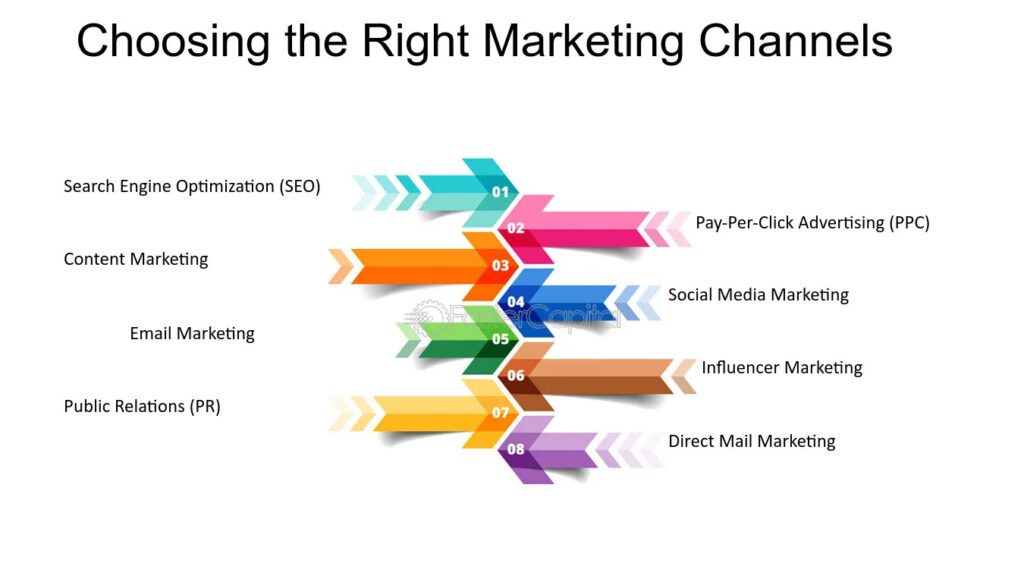
Even the most compelling business message can fall flat if it’s delivered on the wrong platform. Choosing the right media channels is critical to ensuring your target audience actually sees and responds to your content.
In our Ultimate Guide to Growth Strategy for Businesses, we explained that growth isn’t just about what you offer but also how and where you connect with your customers. In this article, we’ll break down how to identify the most effective channels for your brand.
Why Media Channel Selection Matters
Your audience consumes information differently depending on their preferences, age, lifestyle, and buying habits. The right media channel:
- Increases visibility with the right audience
- Boosts engagement and trust
- Reduces wasted ad spend
- Accelerates business growth
Put simply: if your customers are on Instagram but you’re focused only on LinkedIn, you’re missing opportunities.
Step 1: Know Your Audience First
Before you pick a channel, revisit your ideal customer profile (ICP). Ask:
- Where does my target audience spend their time online?
- Do they prefer quick, visual content (Instagram, TikTok) or professional insights (LinkedIn)?
- Are they active on traditional media like TV, radio, or print?
Tip: If you haven’t defined your target market clearly yet, read our guide on Understanding Your Target Market: How to Select and Define Your Ideal Customer.
Step 2: Match Media Channels to Business Goals
Not all platforms serve the same purpose. Align channels with your objectives:
- Brand awareness: Social media, YouTube, display ads
- Lead generation: LinkedIn, Google Ads, webinars, email campaigns
- Customer retention: Email marketing, private communities, loyalty apps
- Direct sales: E-commerce platforms, paid search, influencer partnerships
The best strategy often blends multiple channels into one cohesive plan.
Step 3: Evaluate Each Channel’s Strengths
Here’s a quick breakdown:
- Social Media (Facebook, Instagram, TikTok, LinkedIn): Great for reach and engagement, but requires consistent content.
- Email Marketing: Best for nurturing long-term relationships and repeat sales.
- Search Engines (Google, Bing): Ideal for intent-driven traffic—people actively looking for your solution.
- Content Marketing (Blogs, YouTube, Podcasts): Builds trust, authority, and organic reach.
- Traditional Media (TV, Radio, Print): Still powerful for local and broad-reach campaigns.
Step 4: Factor in Budget and Resources
Some channels demand higher investment. Paid search may deliver immediate results but at a cost, while SEO and content marketing are more cost-effective long-term. Choose based on ROI, not just trends.
Step 5: Test, Measure, and Optimize
Channel selection isn’t one-and-done. Test different platforms, measure performance (CTR, ROI, conversions), and double down on what works. Use tools like:
- Google Analytics for website and ad performance
- HubSpot / Mailchimp for email campaign insights
- Hootsuite / Buffer for social media tracking
The right media channels are where your message meets your market. By aligning platforms with your customer preferences and business goals, you maximize impact while minimizing wasted effort.
